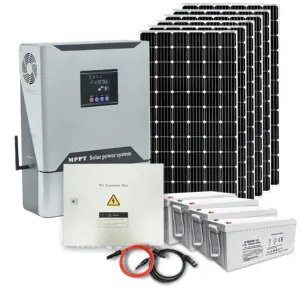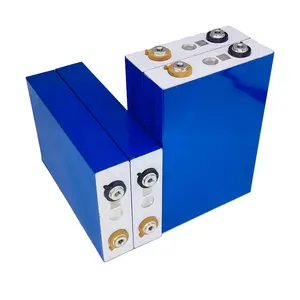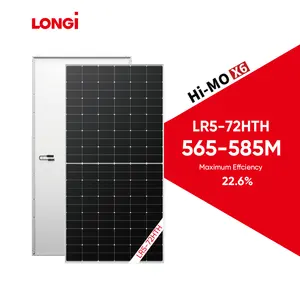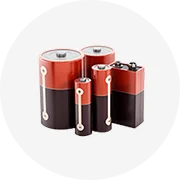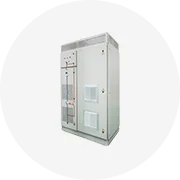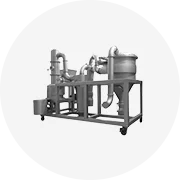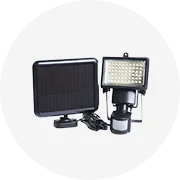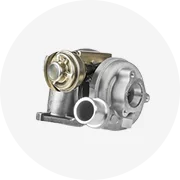Popular in your industry
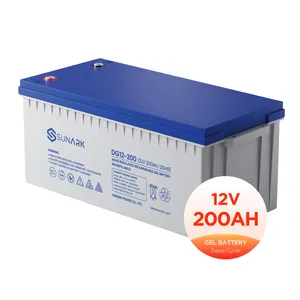












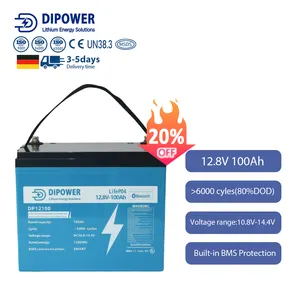









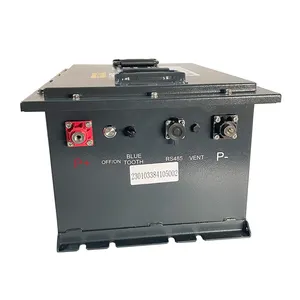





















































Related Searches:




























































































































































Top categories
About acid lead rechargable battery
Understanding Acid Lead Rechargeable Batteries
Acid lead rechargeable batteries, commonly known as lead-acid batteries, are a well-established technology used in a myriad of applications. These energy storage devices harness chemical reactions to provide electrical power and are rechargeable, which means they can be used multiple times before replacement is necessary.
Types and Applications
There are several types of acid lead rechargeable batteries, each suited to specific applications. Valve-regulated lead-acid (VRLA) batteries, including gel and absorbed glass mat (AGM) styles, are popular for their maintenance-free operation. These batteries are prevalent in backup power systems, emergency lighting, and mobility devices. Flooded or wet cell batteries are often employed in larger scale operations such as energy storage for renewable systems and uninterruptible power supplies (UPS).
Features and Materials
The construction of acid lead rechargeable batteries involves lead plates, sulfuric acid electrolyte, and separators. The robust nature of these batteries comes from their lead plates, which are designed to withstand deep discharge and recharge cycles. The sulfuric acid acts as a catalyst in the electrochemical reaction that stores and releases energy. Separators are crucial as they prevent short-circuiting between the plates while allowing ionic flow.
Advantages of Acid Lead Batteries
One of the primary advantages of acid lead rechargeable batteries is their reliability. They offer a predictable discharge rate and can deliver a steady current over a prolonged period. Additionally, these batteries have a relatively low self-discharge rate compared to other rechargeable batteries, making them suitable for standby use. Their ability to deliver high surge currents is essential for applications such as starting engines in vehicles.
Environmental and Safety Features
Modern acid lead rechargeable batteries are designed with environmental and safety considerations in mind. Many are constructed with recyclable materials, reducing their environmental footprint. Safety features include flame-retardant cases and valves that release gas if internal pressure exceeds safe levels, mitigating the risk of explosion or fire.
Choosing the Right Acid Lead Rechargeable Battery
Selecting the appropriate acid lead rechargeable battery requires understanding the specific needs of the application. Factors such as energy capacity, size, weight, and discharge characteristics should be considered. It is also important to look at the battery's cycle life, which indicates how many charge and discharge cycles it can undergo before its capacity diminishes significantly.
acid lead rechargeable battery

